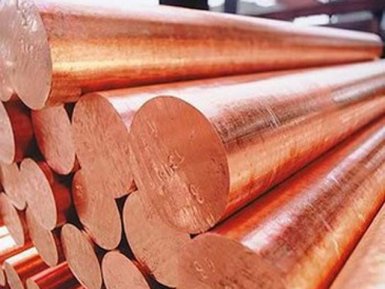Welding of low alloy structural steel

Are you interested in welding low-alloy structural steels from the supplier AvecGlob? Here you will find interesting information on this topic.
General information
The development and use of high-strength low-alloy steels for welded structures is caused by the need to reduce costs, higher strength compared to conventional carbon manganese steel, which allows the installation of thinner and lighter structures. Most of these steels are used for the manufacture of offshore structures, buildings, ships, etc. The tensile strengths of up to 690 MPa are achievable, with good weldability and high toughness, often exceeding 50 J, even at negative temperatures (down to -60 ° C).
Features of welding
It is recommended to preheat such steels based on the weld metal composition, and technologies should be used in which surface hydrogenation would be minimal. An exception to this rule are pipelines specially designed for welding with cellulose electrodes. Recommendations for the temperature of preheating for specific steels should be sought from a particular steel manufacturer.
Problems in welding
Even though steel intended for the manufacture of welded structures, as a rule, has a very low level of sulfur, steels containing less than 0.05% C may experience cracking in the root pass of the butt joints, especially if metal deposition occurs with high speed. The reason for this is that a high dilution of the filler results in a weld metal with a low carbon content.
This low carbon content in turn leads to excessive growth of the austenite grain during welding, and these large grains increase the risk of cracking in the root seam. This problem is most common in butt welding welded using cellulose electrodes, possibly because of the fact that a vertical welding technique is often used, which is characterized by increased productivity.
Supplier — AvekGlob Company — offers at a reasonable price from the manufacturer a diverse range of low alloy structural steels for welded structures that meet the technical requirements of domestic and foreign standards. The supplier guarantees the timely delivery of products to any address specified by the consumer.
The ratio of properties in the weld zone
The problem of strength and loads in the zone of thermal influence is not always solved satisfactorily. The steelmaker takes care to control the rolling temperature and the cooling rate to ensure the required properties. The components are then welded, creating a heat-affected zone that undergoes an uncontrolled heat treatment cycle.
The microstructure in the heat affected zone will vary depending on the composition of the steel and the heat output during welding. A high heat supply will promote the growth of grain, and this has a negative impact on both strength and hardness. Some of the steels considered containing titanium and boron can withstand thermal inputs up to 4.5 kJ / mm without excessive loss of strength.
Such steels should in no case be subjected to normalization and quenching, although heat treatment after welding is often a mandatory requirement if the thickness of the part is more than 35−40 mm.
Supplier — AvekGlob company — offers to purchase various grades of low alloy structural steels for welded structures that meet all technical standards and requirements. Products can be bought at a price formed on the basis of European and world standards of production. Implementation is possible in bulk and retail, for regular customers, a flexible system of discounts operates.


